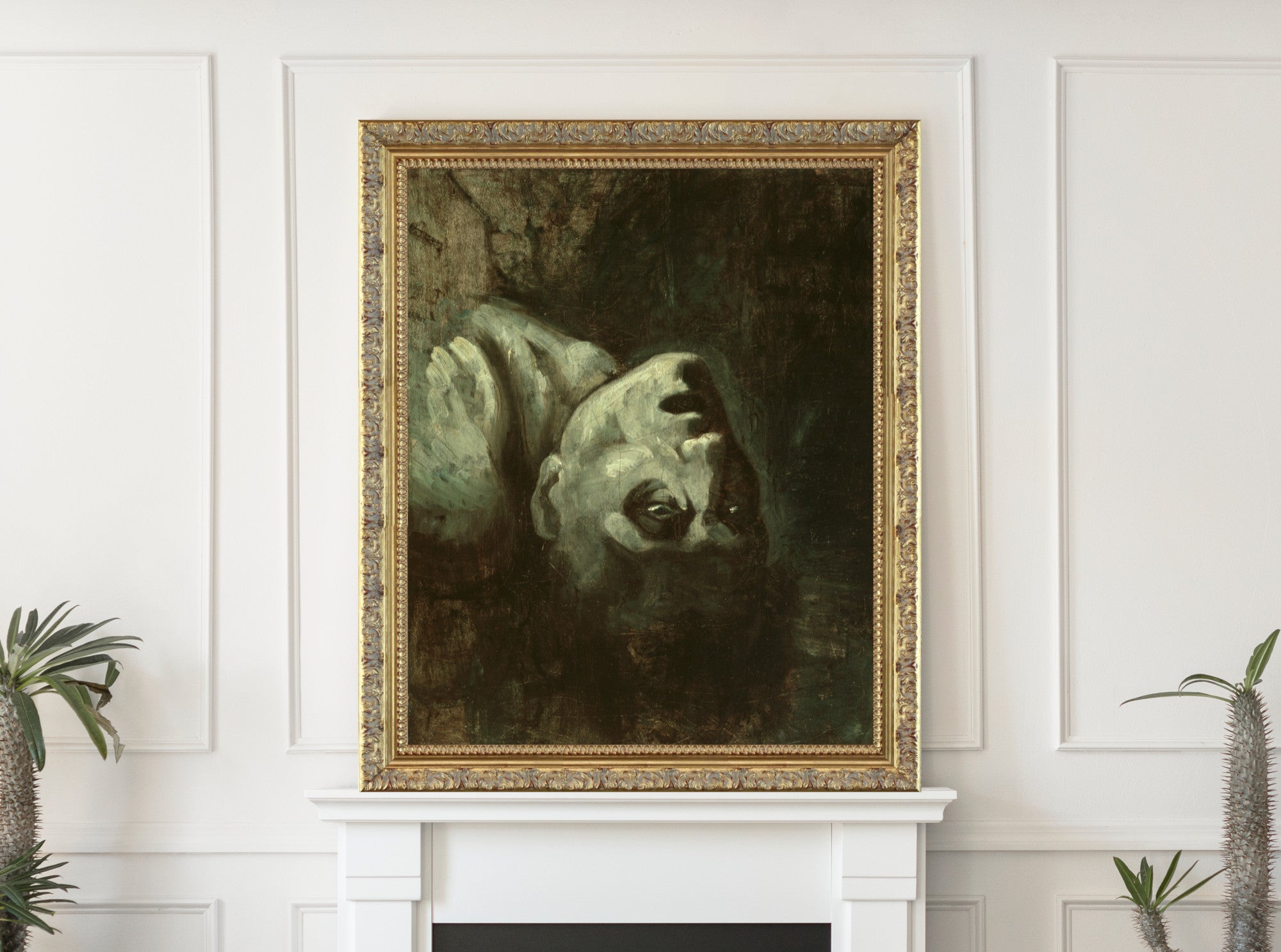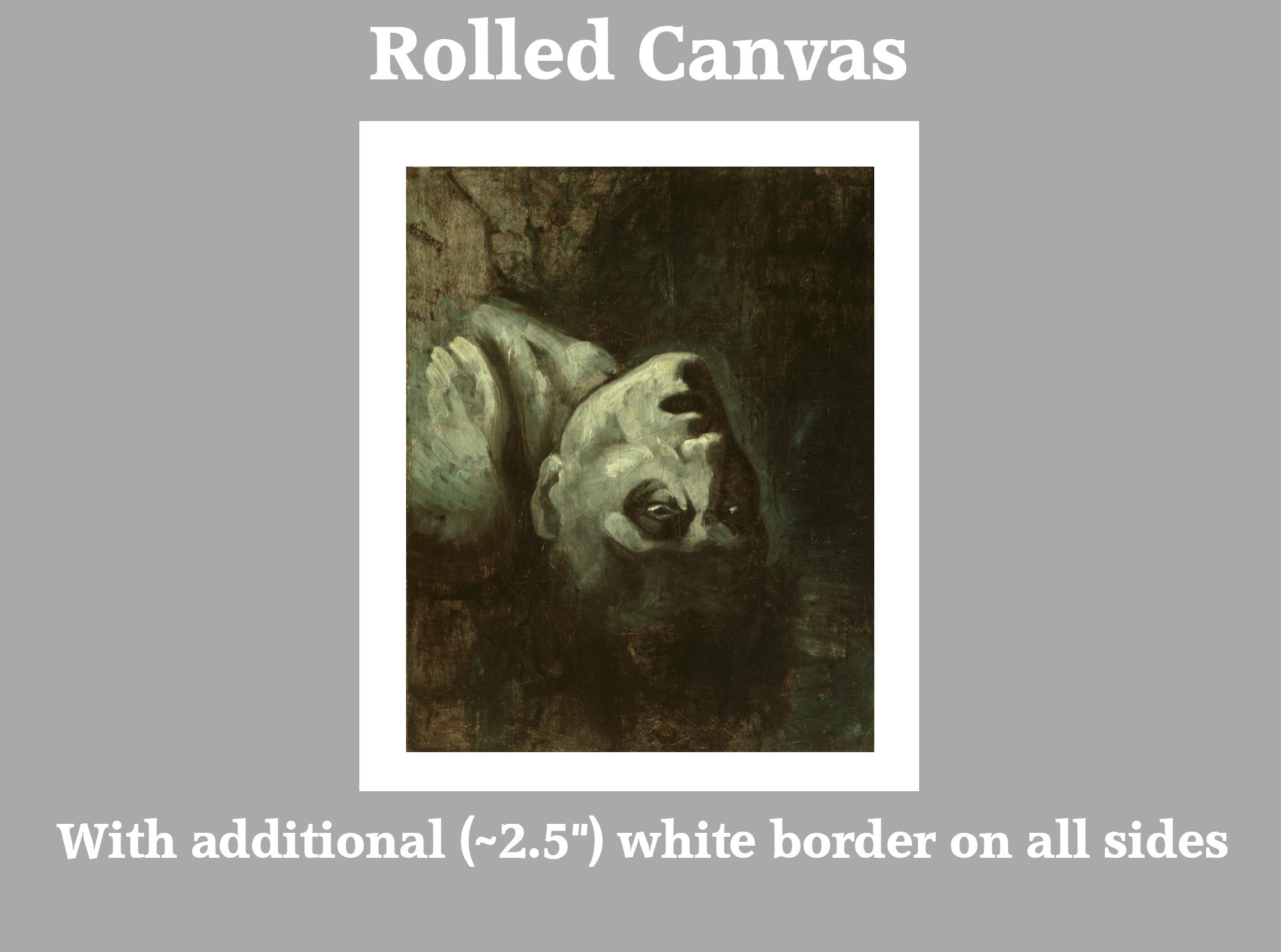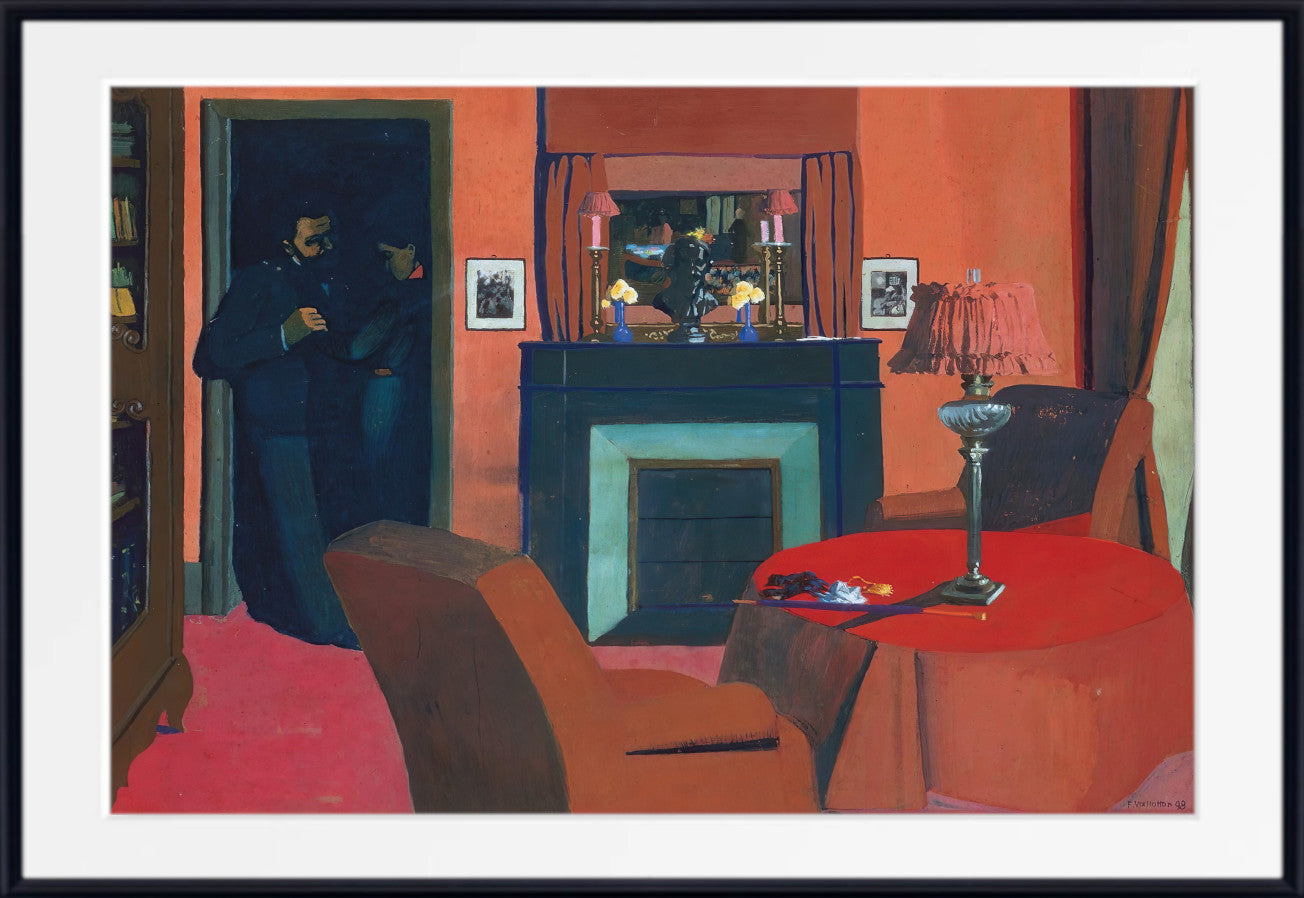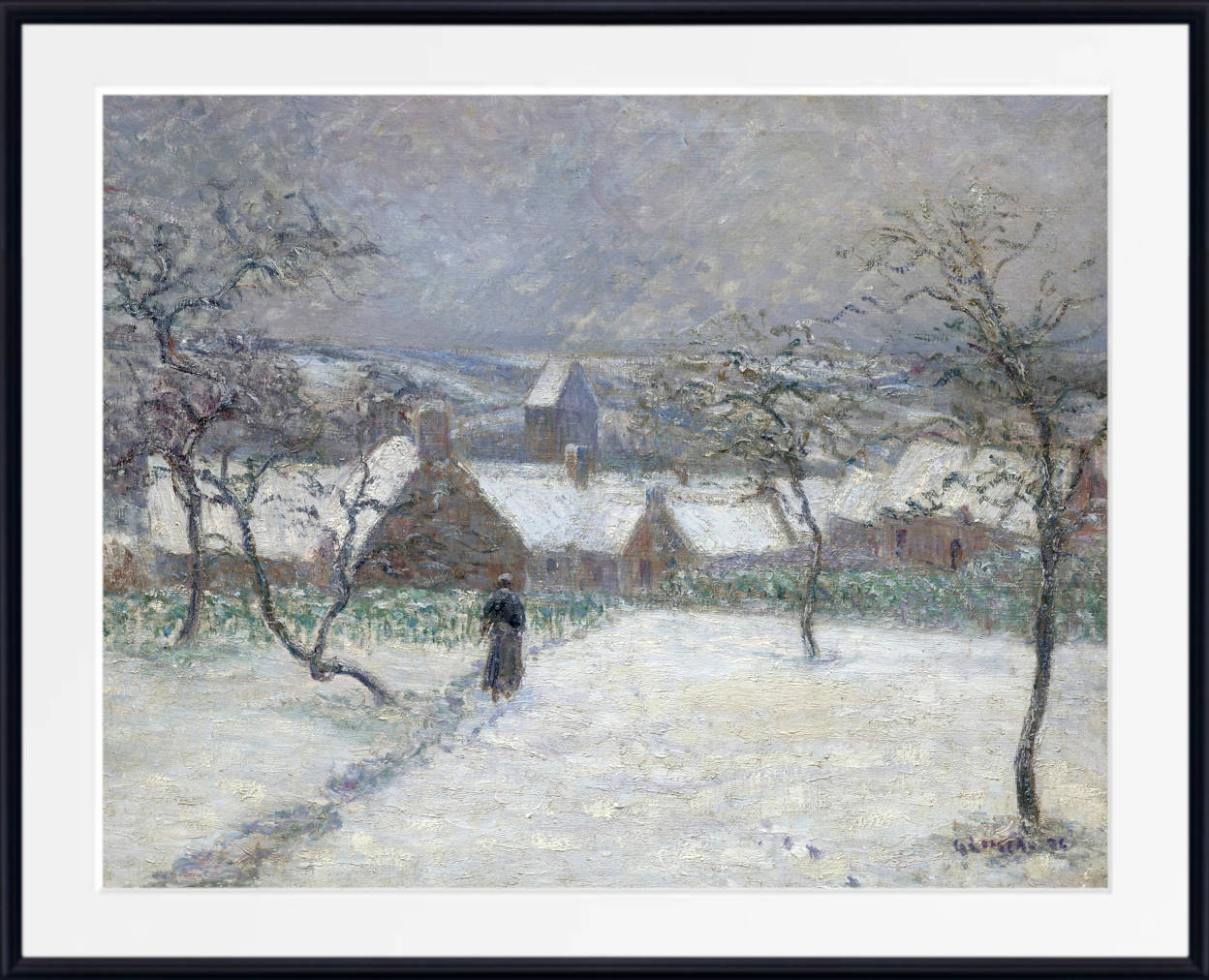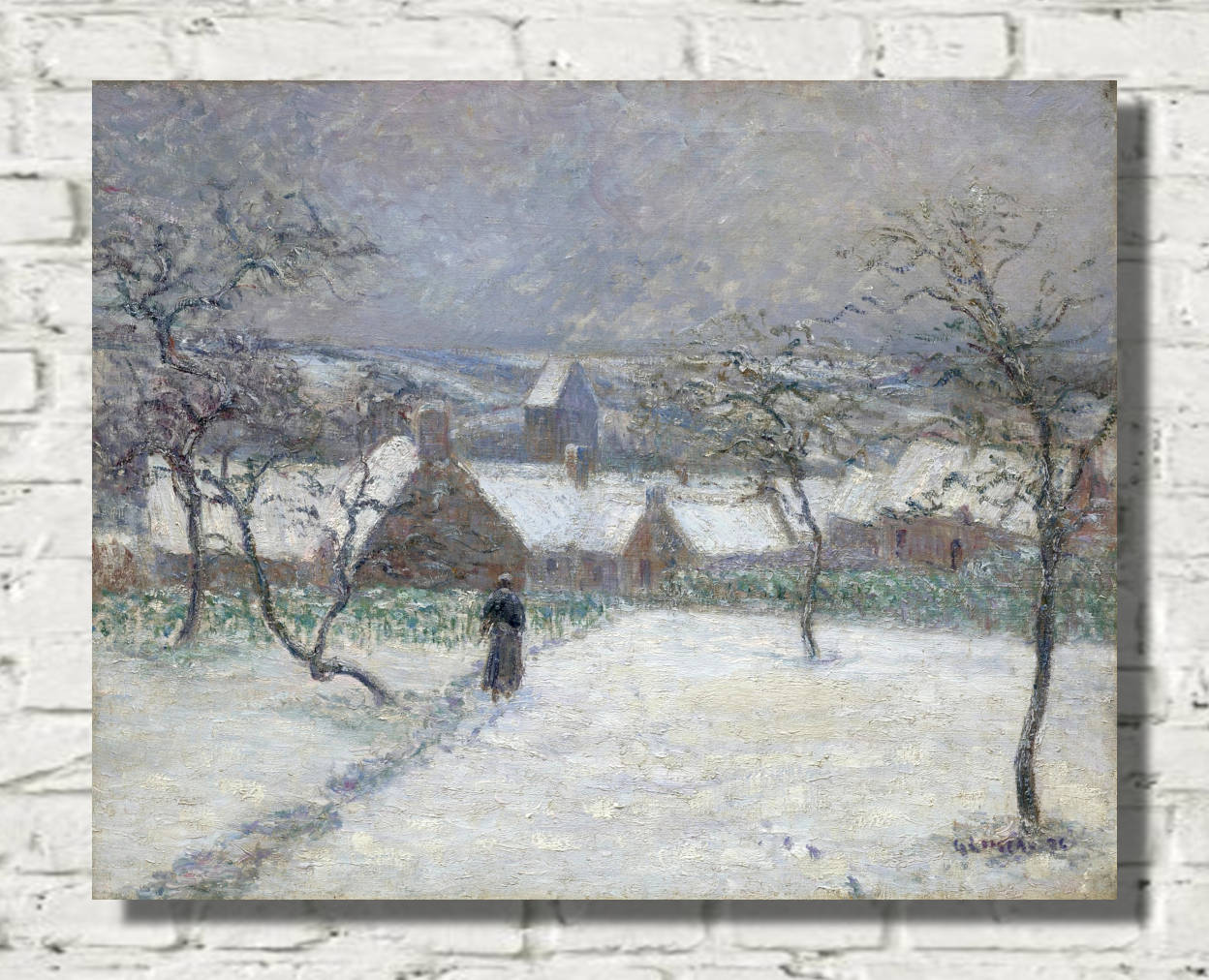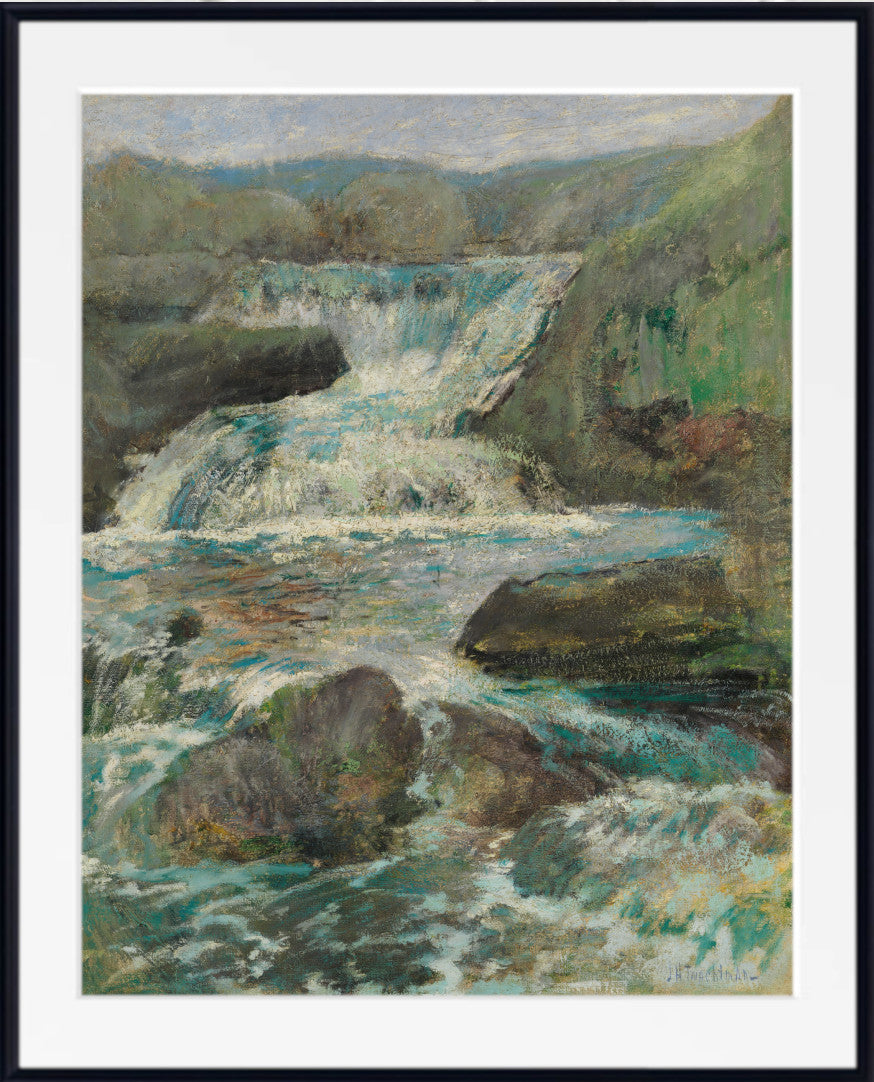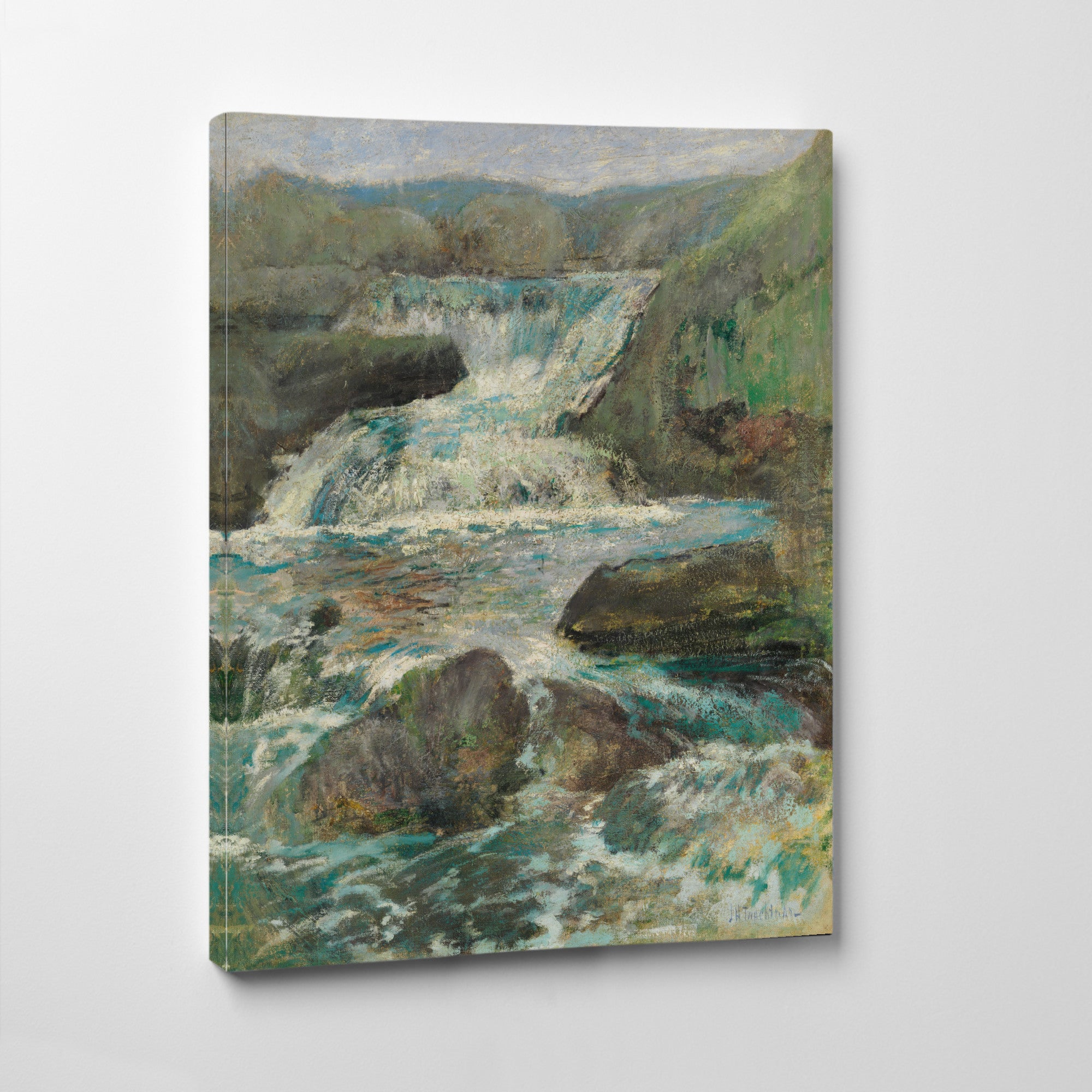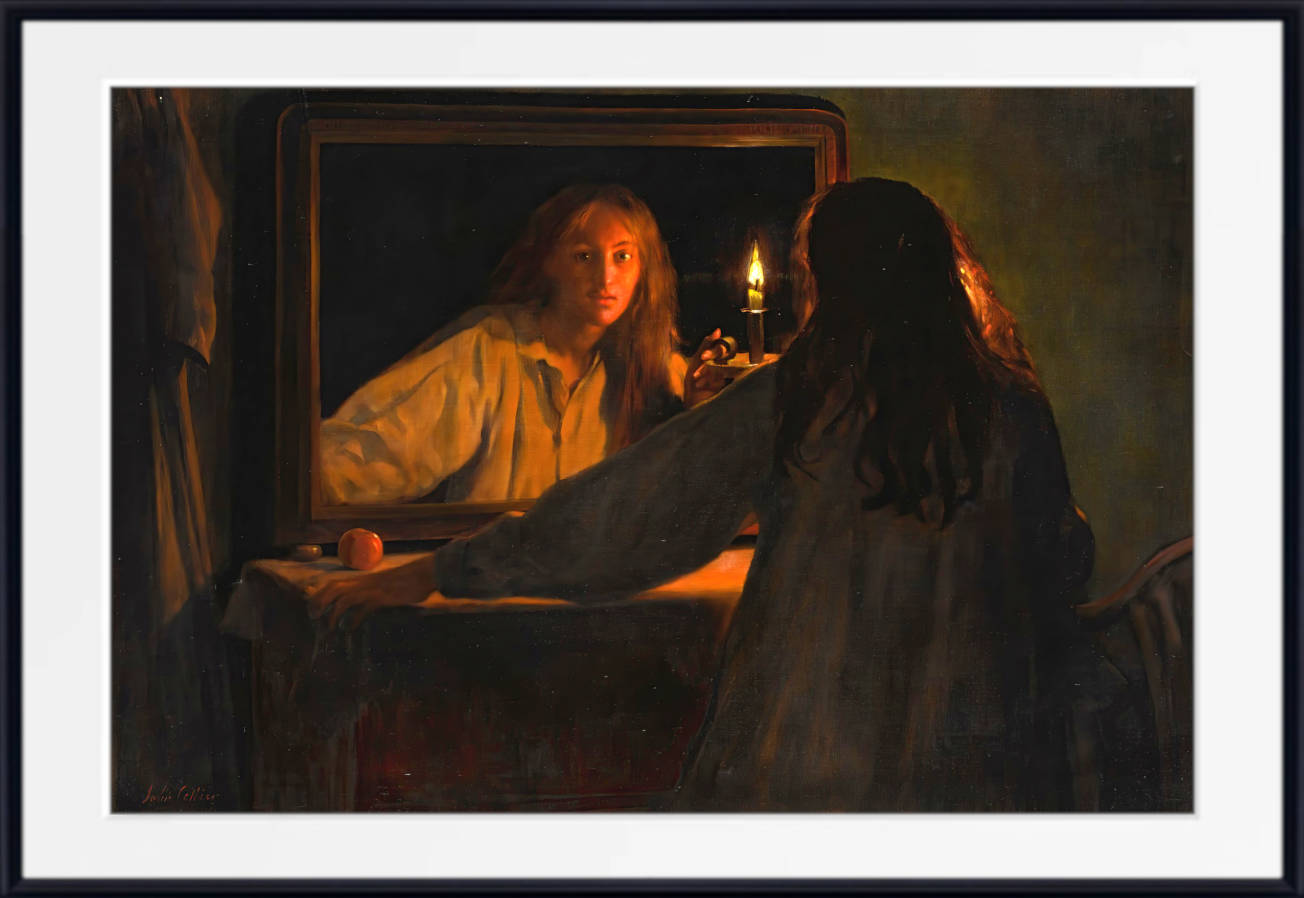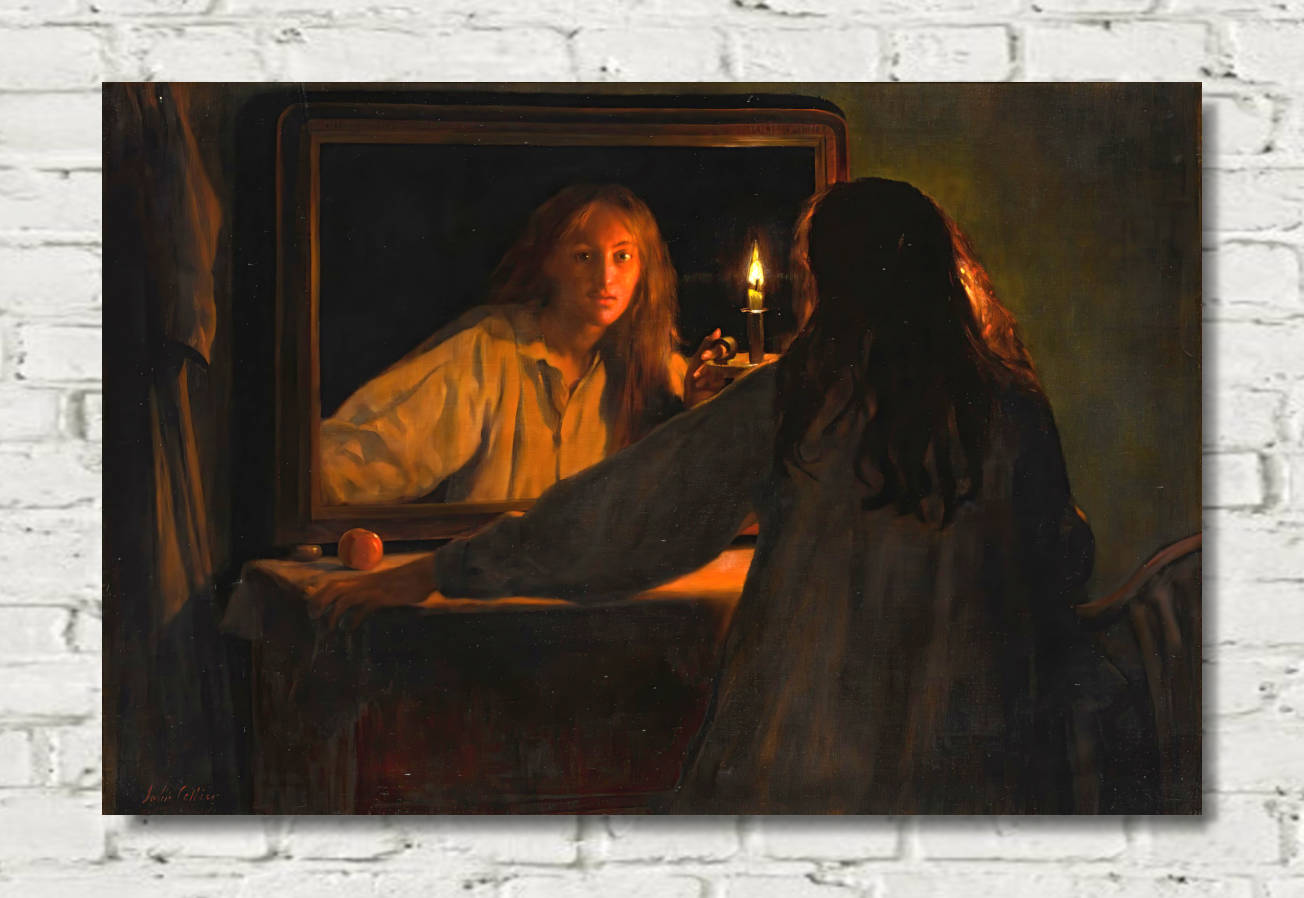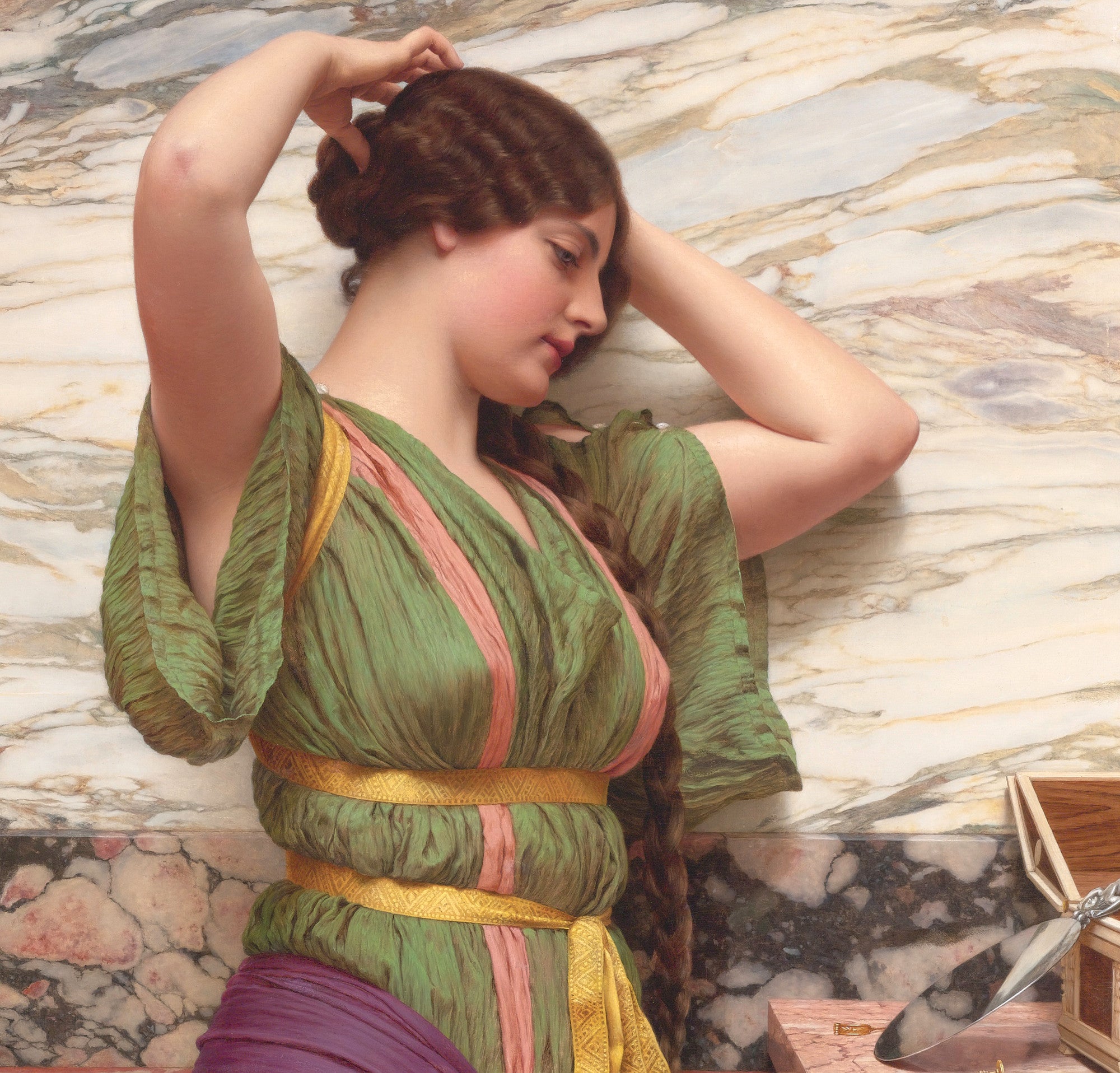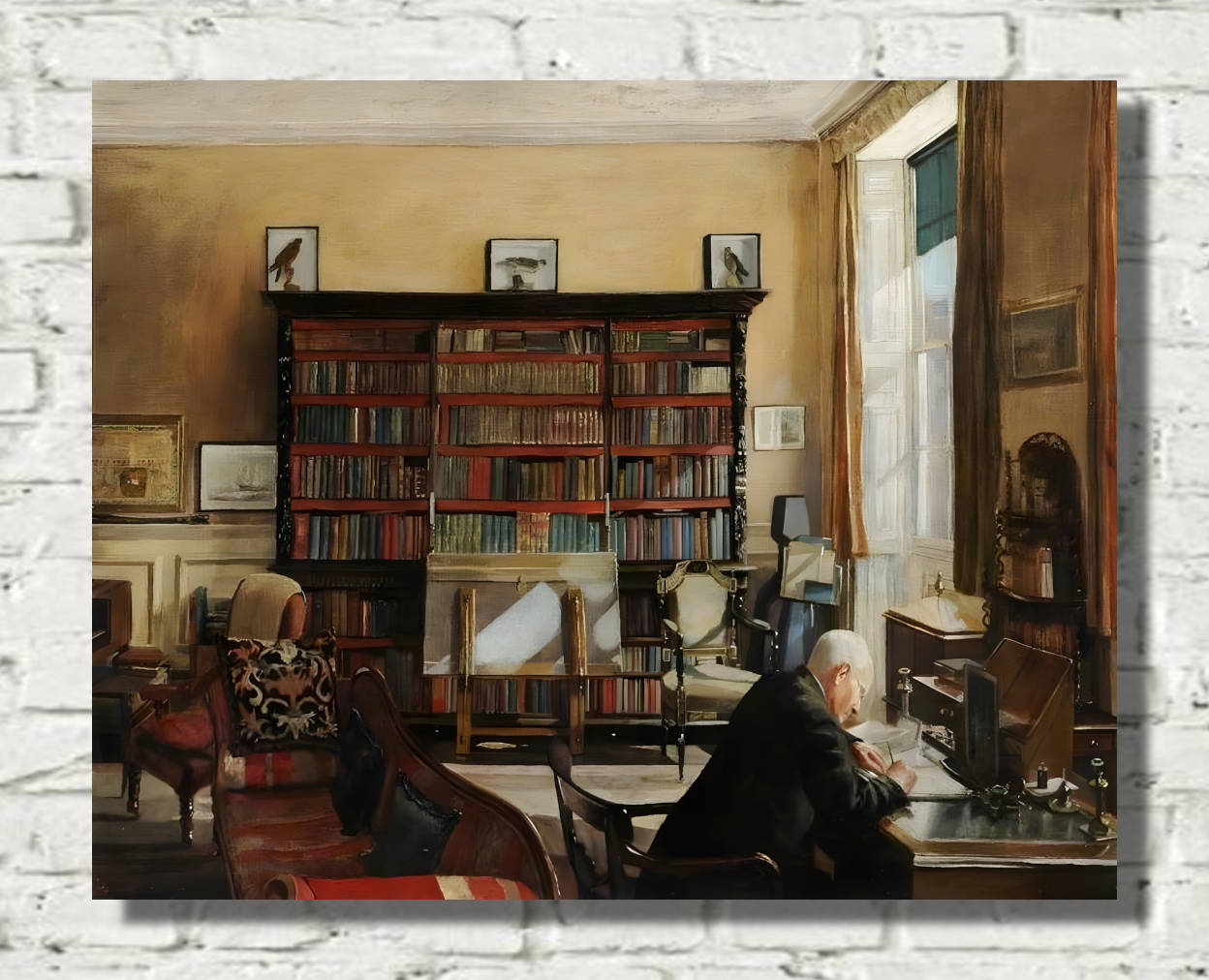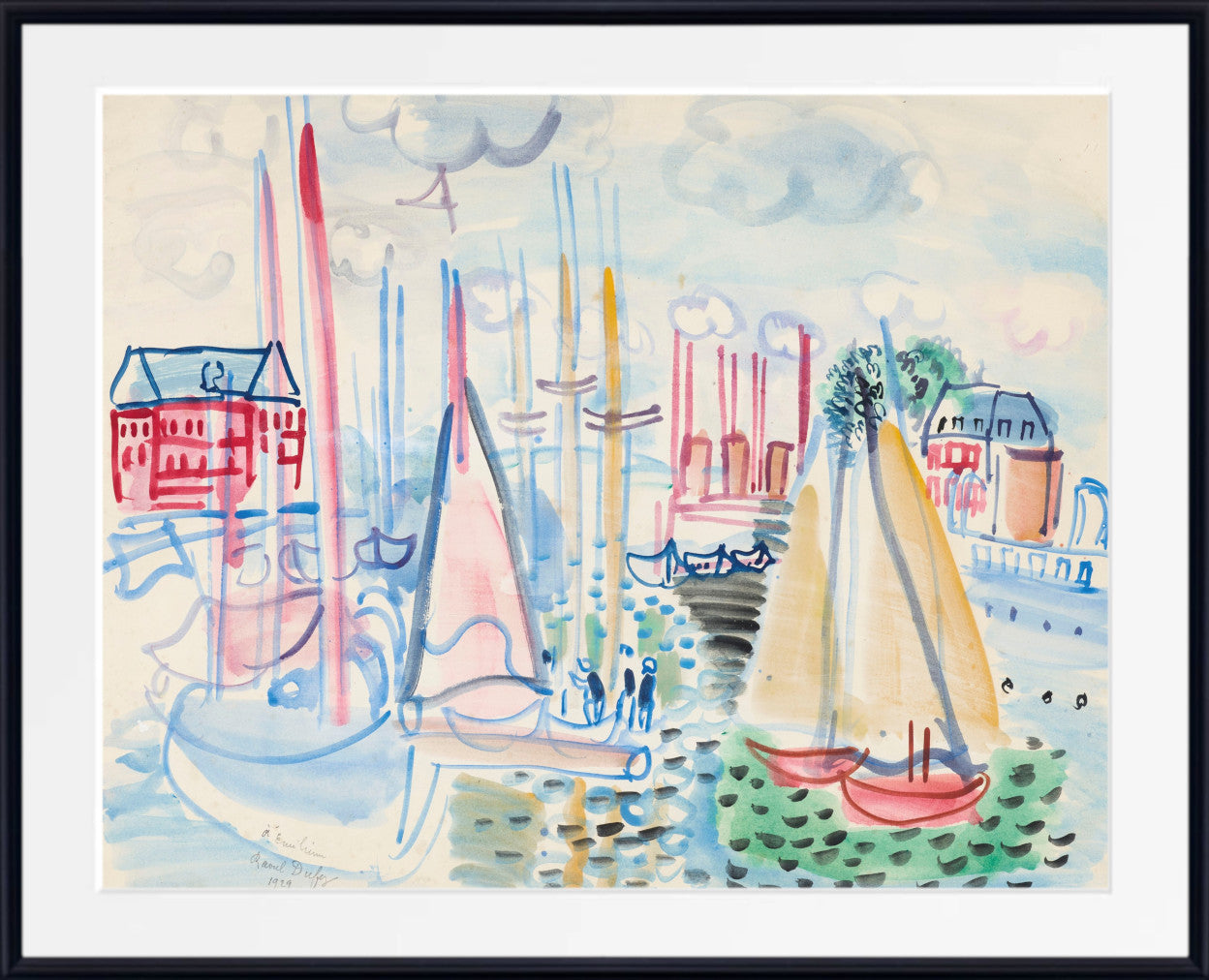Head of a Drowned Man, Théodore Géricault
Head of a Drowned Man, macabre painting by Théodore Géricault
Théodore Géricault’s “Head of a Drowned Man” is a compelling testament to the artist’s commitment to capturing the profound and often haunting aspects of the human condition. Painted around 1818-1819, during a period when Géricault was deeply engrossed in themes of mortality and the darker facets of life, this artwork exemplifies the Romantic movement’s exploration of intense emotions and the macabre.
The painting, executed with striking realism, centers on a decapitated head, a stark and unsettling subject. Géricault’s meticulous attention to detail is evident in the rendering of the head’s pale, lifeless skin and the tousled hair. The vacant eyes, devoid of vitality, add to the eerie atmosphere. This disturbing image confronts viewers with the stark reality of death and its visceral aftermath, challenging conventional notions of beauty and aesthetics.
“Head of a Drowned Man” is a poignant reminder of the artist’s fascination with the dramatic and emotional aspects of human existence. It can be seen as a precursor to Géricault’s later masterpiece, “The Raft of the Medusa,” which delved into themes of suffering, survival, and despair.
Géricault’s portrayal of the drowned man’s head, while unsettling, encapsulates his commitment to artistic exploration and his desire to evoke genuine emotional responses in viewers. This painting remains a testament to the power of art to confront the darker aspects of life, reminding us of our own mortality and the fragility of the human experience.
Théodore Géricault -Artist Profile
Théodore Géricault (1791–1824) was a pioneering French Romantic painter known for his dramatic and emotionally charged works. Born in Rouen, France, he displayed artistic talent from an early age and received formal training in Paris.
Géricault’s artistic career was marked by a relentless pursuit of depicting intense human emotions and the human condition. His masterpiece, “The Raft of the Medusa” (1819), brought him widespread acclaim. The painting vividly depicted the harrowing experiences of survivors from a shipwreck, drawing attention to themes of survival, desperation, and human endurance.
Throughout his short life, Géricault displayed a keen interest in the psychology of his subjects, and this fascination extended to his equestrian portraits, particularly “The Officer of the Imperial Guard” and “The Charging Chasseur.” These works captured not only the physicality of horses but also the psychology of their riders.
Géricault’s dedication to exploring the emotional depth of his subjects and his innovative use of light and color influenced subsequent generations of artists, notably the Impressionists. His works remain celebrated for their powerful portrayal of human experiences and their lasting impact on the evolution of Romantic and Realist art.
Tragically, Géricault’s life was cut short at the age of 32 due to illness, but his legacy endures as one of the pioneers of 19th-century French Romanticism and a master of capturing the intensity of human emotion in art.
All prints are made using archival art stocks and UV pigment inks to give up to 200 years life. Prints are sold unframed and unmounted.


